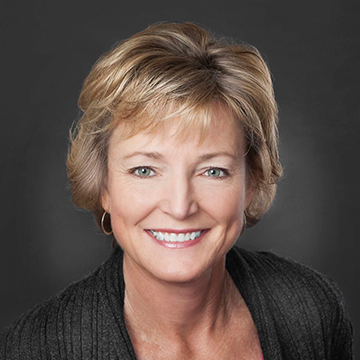
Having control, clarity and confidence with your money is liberating and empowering! Building a strong foundation of personal financial responsibility will support and maintain your independence.
The 10 Steps to Financial Independence for Women
- Start tracking your spending. Break it down between fixed costs (mortgage, rent, utilities, phone), also known as “must haves”, and discretionary (lifestyle spending), also known as “nice to haves”. If you find you need to cut spending, the items in the discretionary category are the first place to look.
- Create a balance sheet of all of your assets and liabilities. If finances are not your thing, then find a friend, CPA, or financial advisor to put together a balance sheet and spend some time getting educated on each item.
- Look at your cash flow, today and in the future. How much in income do you have, and when/how will Social Security and/or pensions be factored in?
- Look at your credit report once a year; it is available for free through annualcreditreport.com. Are there any suspicious inquiries from companies where you do not have any credit? Any accounts that aren’t yours, or need to be closed? Be sure you have established credit in your name, not just as a joint account holder with your significant other.
- Invest with care. Have the company that manages your investments educate you on how much risk you are taking, and discuss whether this is appropriate for your risk tolerance, time horizon, and future cash flow needs.
- Protect your assets. Have you considered disability or long term care insurance? If you want to leave an inheritance for your children, but feel that you need all of your income and assets for your own support, then consider life insurance and name your children as beneficiaries.
- Establish a will or a trust. If you don’t have one, then the state in which you reside will determine how your assets are distributed upon your death. Don’t want that? Then, draw up a simple will, or name a “payable upon death” beneficiary on your bank accounts and non-retirement accounts. If this is done, then those assets pass directly to the persons named, and do not have to go through the state probate court.
- Update your beneficiaries. Have you checked the beneficiaries on your retirement accounts? Have they been updated lately? Sometimes people are still named that you no longer wish to receive your assets – ex- husbands, deceased parents, etc. Even if you have updated your will, these types of assets pass by contract and will still go to those named beneficiaries.
- Explore what would be the most cost effective health care policy. Consider a high deductible plan, and then use a pre-tax Health Savings Account to cover your out of pocket expenses. You’ll save money on taxes, funds can roll over from year to year, and any funds left in it when you go on Medicare can be used to pay for Medicare Parts A, B, D and Medicare HMO premiums, tax free and penalty-free.
- Be organized. Put together a small binder that lists all of your assets, accounts numbers, and advisors (CPA, investment manager, etc.), so if something happens to you, your loved ones have an easier time managing your estate.
950895 5/17


